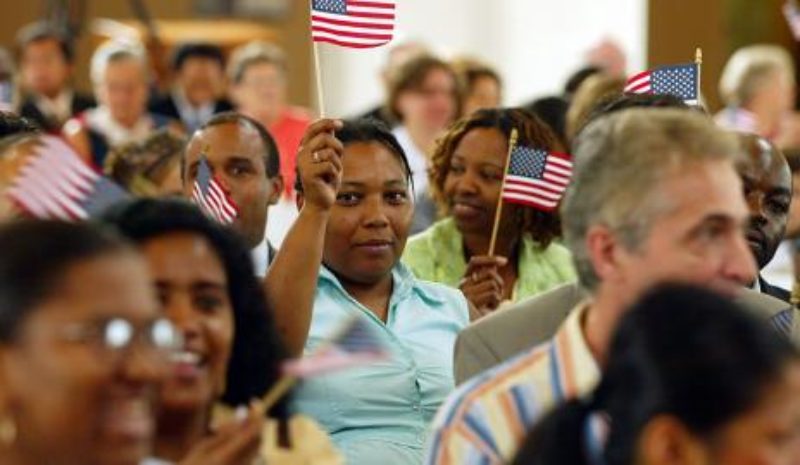New Virtual Reality Video Highlights Challenges Refugee Families Face at Southern Border
Crossing The Line: Untold Stories Of Refugees Stuck At The Border
New York City—Human Rights First today released the second part of a two-part 360 degree video series, Crossing the Line, that follows brave asylum seekers fleeing persecution who sought protection at the U.S. southern border. This comes as the Trump Administration is ramping up its attempts to target vulnerable families fleeing violence and persecution by deploying the National Guard to the border, implementing a “no tolerance” policy to increase criminal prosecutions of asylum seekers, and calling for an end to so-called “catch and release” policies that allow some asylum seekers to be released from detention while they await hearings in immigration court.
The video tells the story of Aracely, a refugee attempting to seek asylum at the U.S. border after fleeing gang violence in Guatemala. Following a perilous journey through Mexico, where her daughter was killed, Aracely was illegally turned away at the U.S. border.
“Crossing the Line allows viewers to experience the dangerous journey that asylum seekers—people fleeing persecution like many in the headline grabbing ‘refugee caravan’ in southern Mexico—take in search of safety from violence and persecution. Amidst the campaign of fearmongering and misinformation from the Trump Administration, this unique video series and grassroots action campaign illuminates the exponentially increasing barriers that refugee families seeking asylum at the U.S. southern border face to legal protection,” said Human Rights First’s Eleanor Acer.
Central America’s northern triangle—Honduras, El Salvador, and Guatemala—has some of the highest homicide rates in the world. Rampant violence has led to an increase in the number of people seeking asylum is the United States and other countries.
The video series draws upon the Human Rights First report, “Crossing the Line,” documenting 125 cases in which U.S. border agents unlawfully turned away asylum seekers from the U.S. southern border. The 2017 report “Dangerous Territory: Mexico Still Not Safe for Refugees,” found that migrants and refugees face grave risks of kidnapping, disappearance, sexual assault, trafficking, and other harms in Mexico. They are targeted not only due to their inherent vulnerabilities as refugees and migrants, but also due to their nationality, race, gender, sexual orientation and gender identity. Some have been trafficked into forced labor, while refugee and migrant women and girls have been trafficked to Mexico’s southern border where they have been exploited in bars and night clubs that cater to police, military and other forces in the area.
